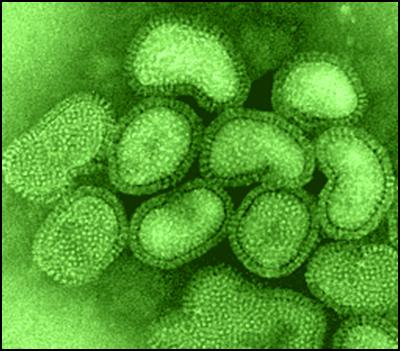In this section, an actual experiment of bacterial growing experiment is undertaken by students in AISHK to identify how many microbes are present in water. A link below provide an overview of the experiment performed by a science experiment company, which is similar to what the students had done. Videos are also provided below to demonstrate the techniques required to perform this experiment and interesting videos about microbes in water. How many microbes are present in water experiment Aim: The aim of this experiment is to identify the amount of microbes presented in different sources of water from different areas Hypothesis: It is predicted that the water samples with public tab water will have the most bacteria out of all the other types of samples, Fish tank water will have the second most, follow by bonaqua mineral water, and bubbling samples will have the least not including control with no bacteria. Prediction:
Materials: Nutrient agar plates x 5 Tape Sterile solution Marker Inoculating loop Bunsen burner Matches Small beakers x 4 4 different samples of water: Fish tank water, Public tab water, Bonaqua mineral water, Bubbling water Heat Proof Mat Method: 1. 4 water samples from different sources with sterilized containers was collected 2. The table where the experiment will be held was cleaned with sterile solution (Refer to Figure 1) 3. Heat proof mat was placed under the Bunsen burner, the Bunsen burner gas pipe was then plug into the gas power source. 4. A matches was lighted and the gas tab is turned on to turn on the Bunsen burner 5. The inoculating loop was sterilized through the use of Bunsen burner (Refer to Figure 2) 6. Wait for the inoculating loop to cool down and dip it into the water sample 7. Once dipped into the water sample, the nutrient agar plated is open at a 45 degrees and the inoculating loop is gently placed and swiped through the agar plate 8. The nutrient plated then is sealed with sticky tape 9. The date, name, type of water samples were written on the side of the agar plate using marker (Figure 3) 10. Step 4 – 9 was repeated with the other 3 samples. Conclusion: In conclusion, it is shown that the hypothesis did not support the experiment, as Bonaqua water seems to contains the most bacteria, and follow by fish tank water samples, Public tab water, bubbling water and control with no bacteria. This is due to the fact that bonaqua water may contain minerals which might contain little bacteria that can grow. Different from Public Tab water, as there will be filtering happening in the tab water to make sure the water is clean to use, and the tab is cleaned regularly by people which decreases the chance of bacteria growing. Whereas the fish tank water is stated as predicted and bubbling water as fish tank water contains bacteria from the fishes and bubbling water will have the least because of heating the water until all the bacteria dies off. Which in conclusion the hypothesis did not support the results. Improvements The experiment could be improved by having trials on the water samples; this could improve the validity and reliability of the results. It could be also be improved by measuring the amount of times of inoculation of plates, this could increase the accuracy of the experiment. The number of times of inoculation in the agar plates could also be increase which can generates more bacteria and can be easier to identify. This could help to identify the number of bacteria’s easier. The amount of bacteria could also be increased by putting the agar plates longer to allow the bacteria to grow and identify the different types of bacteria present in the agar plates.
|
||||||||||||||||